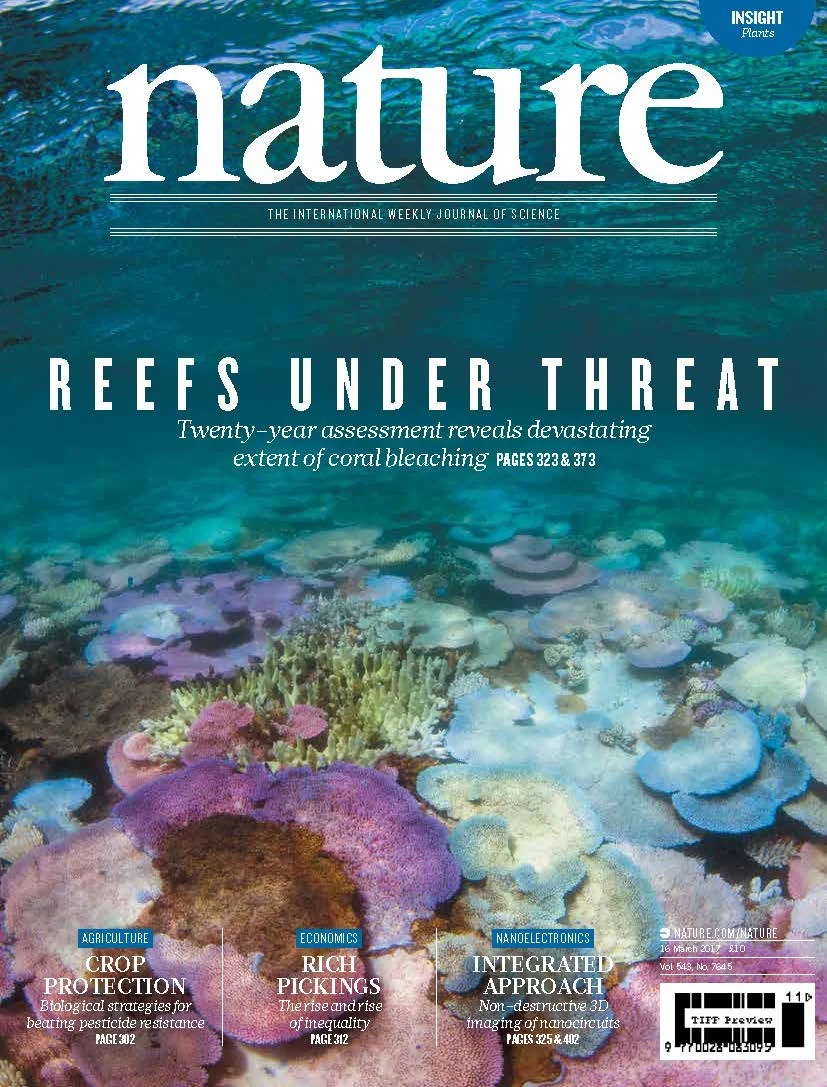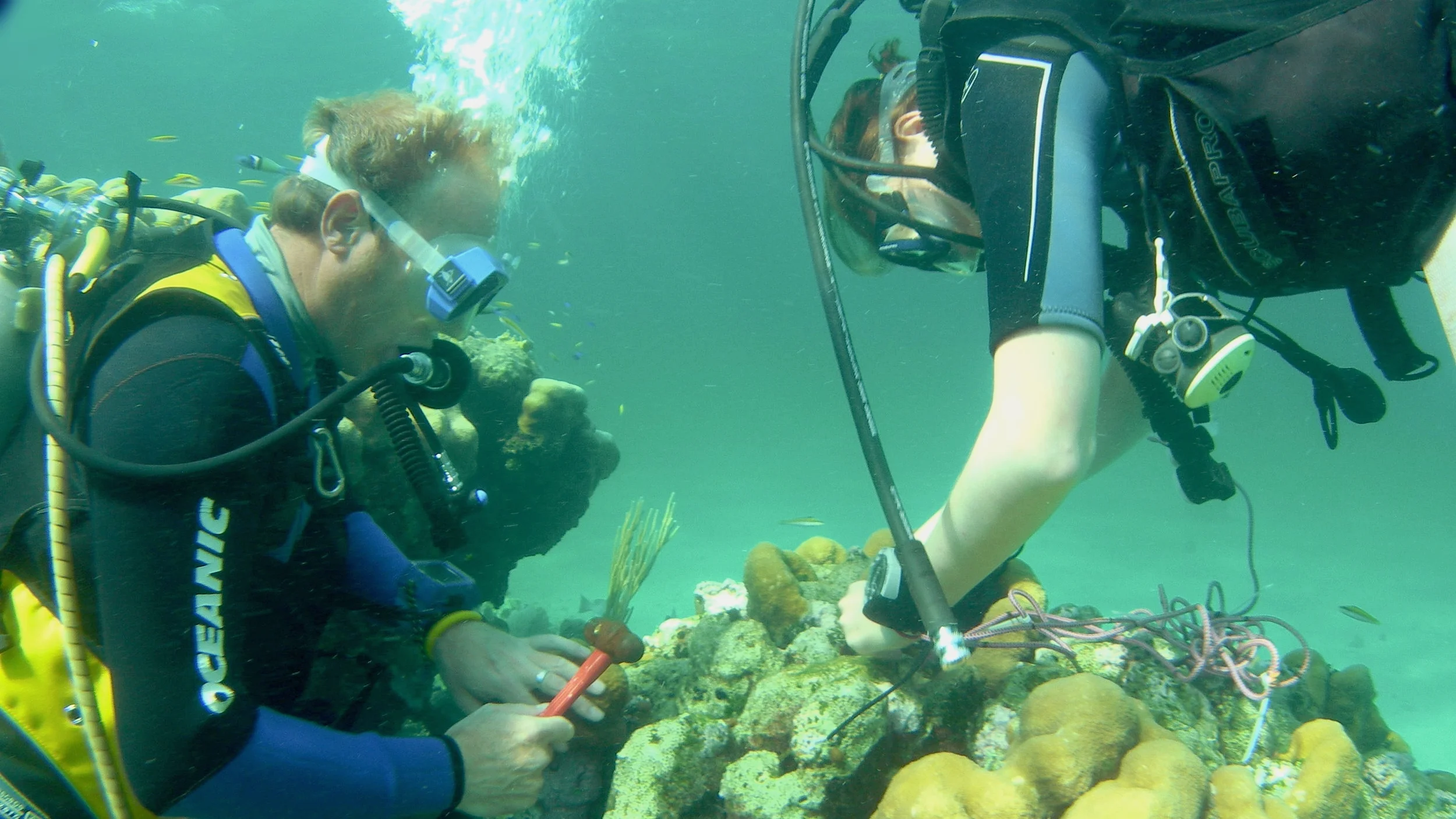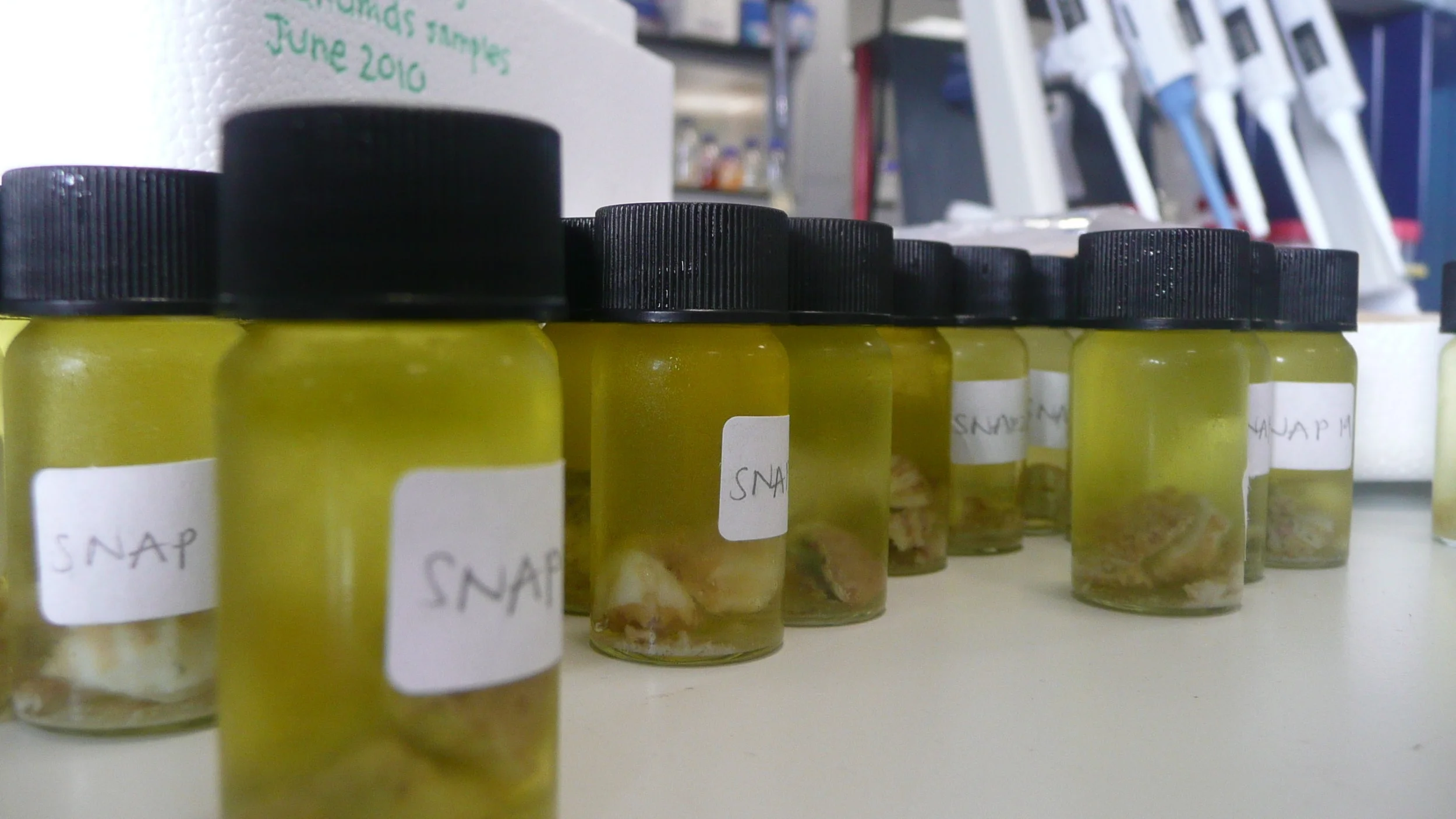Journal publications
Below are a list of selected scientific publications. Please contact me if you can't access the full version of the text in the links provided, and I can email you a copy of the paper.
Global warming and recurrent mass bleaching of corals
During 2015–2016, record temperatures triggered a pan-tropical episode of coral bleaching, the third global-scale event since mass bleaching was first documented in the 1980s. Here we examine how and why the severity of recurrent major bleaching events has varied at multiple scales, using aerial and underwater surveys of Australian reefs combined with satellite-derived sea surface temperatures. The distinctive geographic footprints of recurrent bleaching on the Great Barrier Reef in 1998, 2002 and 2016 were determined by the spatial pattern of sea temperatures in each year. Water quality and fishing pressure had minimal effect on the unprecedented bleaching in 2016, suggesting that local protection of reefs affords little or no resistance to extreme heat. Similarly, past exposure to bleaching in 1998 and 2002 did not lessen the severity of bleaching in 2016. Consequently, immediate global action to curb future warming is essential to secure a future for coral reefs.
Hughes TP, Kerry JT, Álvarez-Noriega M, Álvarez-Romero JG, Kennedy EV et al. 2017. Global warming and recurrent mass bleaching of corals. Nature 543: 373-377. doi: 10.1038/nature21707
COMPARISON OF RECRUITMENT TILE MATERIALS FOR MONITORING CORALLINE ALGAE RESPONSES TO A CHANGING CLIMATE
Settlement plates are widely used in ecological studies as a simple and effective way to assess recruitment and growth of sessile benthic communities. Using different plate types can affect study reproducibility and skew results, yet no standardised guidelines exist for monitoring crustose coralline algae (CCA), a key bioindicator of changing seawater carbonate chemistry. Here, we compare experimental tile materials (including plastic, ceramic and glass tiles) at two orientations (horizontal and vertical) for CCA community recruitment and calcification across three reef habitats (back reef, fore reef crest and reef slope). Community composition varied with tile material and orientation. Vertically oriented surfaces and plastic and limestone tiles produced the closest approximation of real-world communities. Horizontal surfaces appeared to encourage coralline recruitment, particularly in light-limited environments, but also attracted greater herbivory. PVC tiles were the optimal approach when all factors were considered, as they generated a percent cover representative of adjacent reef communities and produced more consistent calcification estimates (across space and time), as well as being cheaper and easier to work with. Selection of plate type and deployment methods will ultimately depend on the experimental question; here we describe the benefits and costs of each material and/or orientation and suggest the adoption of PVC tiles as an optimal overall approach for monitoring CCA.
Kennedy EV, Ordońez A, Lewis B, Diaz-Pulido G. 2017. Comparison of recruitment tile materials for monitoring coralline algae responses to a changing climate. Marine Ecology Progress Series. doi: 10.3354/meps12076
AVOIDING REEF FUNCTIONAL COLLAPSE REQUIRES LOCAL AND GLOBAL ACTION
Most reef functions and ecosystem services are founded on the ability of reefs to maintain their three-dimensional structure through net carbonate accumulation. Coral growth only constitutes part of a reef’s carbonate budget; bioerosion processes are influential in determining the balance between net structural growth and disintegration. Here, we combine ecological models with carbonate budgets and drive the dynamics of Caribbean reefs with the latest generation of climate models. Budget reconstructions using documented ecological perturbations drive shallow (6–10 m) Caribbean forereefs toward an increasingly fragile carbonate balance. We then projected carbonate budgets toward 2080 and contrasted the benefits of local conservation and global action on climate change. Local management of fisheries (specifically, no-take marine reserves) and the watershed can delay reef loss by at least a decade under “business-as-usual” rises in greenhouse gas emissions. However, local action must be combined with a low-carbon economy to prevent degradation of reef structures and associated ecosystem services.
Kennedy EV, Perry CT, Halloran PR, Iglesias-Prieto R, Schönberg CHL, Wisshak M, Form AU, Carricart-Ganivet JP, Fine M, Eakin CM, Mumby PJ. 2013. Avoiding coral reef functional collapse requires local and global action. Current Biology 23:912-917.
Featured in: NERC Planet Earth Online, BBC Spotlight. Bruno, J. 2013. Coral Reefs: Building a Better Crystal Ball. Current Biology 23, R473-R475 praised the work done as “zeroing in on a key ecosystem function” and “really driving home the value of science”












